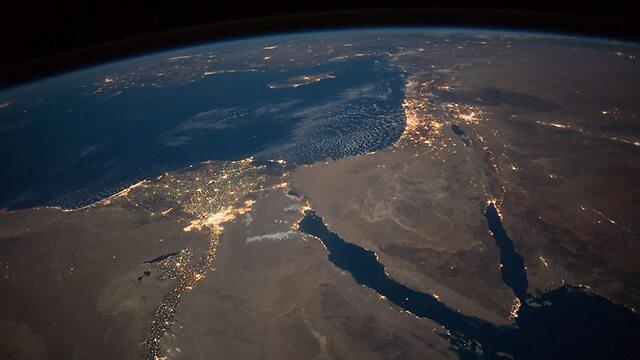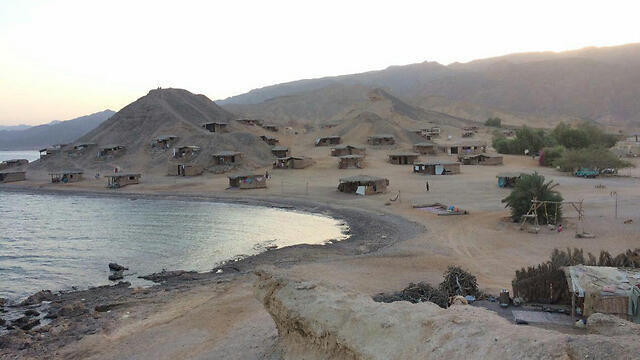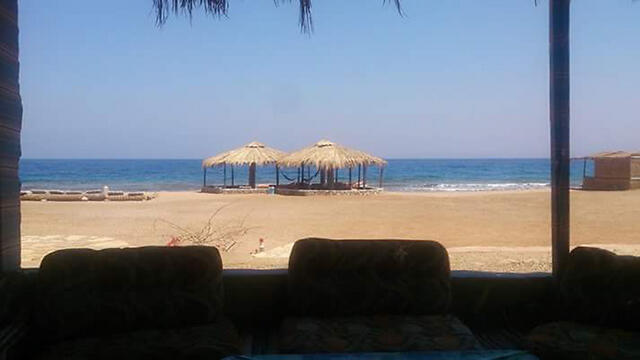Getting your Trinity Audio player ready...
Since the creation of British Mandatory Palestine in the early 20th century, and the drafting of borders over territory encompassing the western Land of Israel, the concept of two states for two peoples has been adopted as the sole paradigm for a solution to competing Jewish and Arab territorial claims.
Such was the framework that undergirded key efforts to resolve the conflict—from the 1937 Peel Commission to the 1993 Oslo Accords.
An underlying fundamental assumption, presumed to enjoy clear consensus, has rested on the premise that the Arab peoples within the apportioned territory would be organized into a single Palestinian state—and not multiple Palestinian states.
In the summer of 2005, Prime Minister Ariel Sharon withdrew Israel from the Gaza Strip. We will never know his strategic vision for what would follow the withdrawal, but since that moment a new reality has emerged.
Following the failure of the Palestinian Authority (PA) to establish itself as an effective governing body in Gaza, and the subsequent assertion of Hamas rule in its place, the Gaza Strip has become a de-facto state—both in conduct and in function. The disconnect between the PA in Ramallah and the Hamas government in Gaza has created an ever-widening fissure in the two-state paradigm. The Palestinians themselves have split into two entities, each clearly identified.
Israel’s Gaza withdrawal was not the cause of that rift, but it catalyzed a pre-existing division between Gazan Palestinians who reside on the coast and the Judea and Samaria (the “West Bank”) Palestinians, who reside in the mountains.
Beyond considerable, internal differences between the Palestinians of Gaza and Judea and Samaria, one also witnesses different modes of interaction with Israelis between these two groups.
In the Gaza Strip, from which the State of Israel carried out a complete withdrawal, total spatial separation was created with a defined border surrounded by a rigid security infrastructure.
In Judea and Samaria, by contrast, a unique interaction has come into being, characterized by only a partial separation between Palestinians and Israelis, and clear areas of integration and cooperation. There, the Israeli and Palestinian territory is not subject to an absolute divide. There is an interweaving of land and people. Despite efforts on the part of some Palestinians to avoid Israelis, and vice-versa, in this model, contact between the two groups continues. At times there is friction, but there are also instances of coexistence. Far beyond security cooperation between Israel and the PA, on the civil level, many roadways are shared, and there is substantial interaction in the realm of commerce. More than 100,000 Palestinian workers regularly enter Israeli communities for work, with the impact of that employment improving their standard of living, and that of their families and wider communities.
A Flawed Perception Based Upon An Outmoded Paradigm
From inception, the center of the PA’s institutions of government was in Ramallah and its administration prioritized the population of Judea and Samaria, relegating the Gaza Strip to a peripheral district and consideration. Despite the widening disconnect between Ramallah and Gaza however, the international community has continued to see the PA government as the address for both entities.
Due to unyielding attachment to that paradigm, two fundamental assumptions have been preserved.
The first is that the solution to the Israel-Palestinian conflict lies in the division of the land into two states, drawn within the lines of the former British Mandate. The second assumption is that there exists only one Palestinian entity.
Yet the time has come to acknowledge that a significant change in circumstances has pried open the door to a discussion of a new paradigm.
Gaza + Northern Sinai = New State Solution
In the 1978 peace negotiations between Israel and Egypt, Egyptian President Anwar Sadat negotiated the return of Sinai but chose to leave the Gaza Strip in the hands of Israel. The internationally imposed border in Rafah, resulted in the division between West Rafah under Egyptian sovereignty, and East Rafah under Israeli sovereignty, rendering the Gaza Strip dependent upon Israel in every aspect, including aspects of population growth and land development.
The development space of the Gaza Strip was thus locked between Israel from the north and east, and Egypt from the west. Gaza, built over generations as an important station on the ancient “via-maris" trade route between Egypt and Mesopotamia, lost its significance as a trade junction. Like a once thriving train station now on an abandoned railroad track, this demotion was the beginning of Gaza’s economic distress, but rebuilding that economic track for Gaza still holds unrealized potential. That rebuilding ought to be undertaken. In order to do so we must move our thinking beyond from the limitations that have brought about the current impasse.
In the context of this economic, social, and political background, a plan known as the New State Solution has emerged, seeking a paradigmatic shift in focus from Ramallah to Gaza, and beyond—into the Northern Sinai Peninsula. By prioritizing Gaza, where almost half of the Palestinians reside, instead of Judea and Samaria, where past state building efforts have focused and floundered, an intersection of interests and opportunity is coming into visible existence.
Physically, the open lands between Rafah and Egypt’s El-Arish offer the sheer space needed for economic and infrastructure development. And just as Palestinians from Judea and Samaria find employment in Israeli communities and industrial zones, so too Gazans can find work permits to help develop the burgeoning northern Sinai economy, with particular potential for tourism along the area’s pristine coastline. This would bring together a massive Gazan work force with a massive New State works project - for the good and the future of the people who would build upon and live in the land.
To be sure, such a process depends heavily on Egyptian consent. Of course, Egypt will not easily give up Egyptian sovereign territory but, it is possible to find creative ways that do not necessarily require sovereign concession. The potential positive impact of such an arrangement for the Egyptian economy and population would rally international support and investment, and boost Egyptian geopolitical standing.
Of course, Hamas will not abandon its dreams of a state from the Mediterranean Sea to the Jordan River, but if the standard of living for young Gazans improves, the next generation will prove more likely to abandon these fantasies as counterproductive.
As is often the case, glaring opportunities sometimes hide in plain sight, in the void. The northern Sinai, as an open, undeveloped space, is a place of potential opportunity that is awaiting a comprehensive initiative; one that will benefit all the peoples of the region. To actualize this we must redraw the borders of our own thinking away from that which has not worked toward a paradigm that will.
Gershon HaCohen (Res.) concluded his service in the IDF at the rank of Major-General. His military experience includes commanding troops on the Egyptian and Syrian fronts, commanding an IDF corps and serving as commander of the IDF military college.




